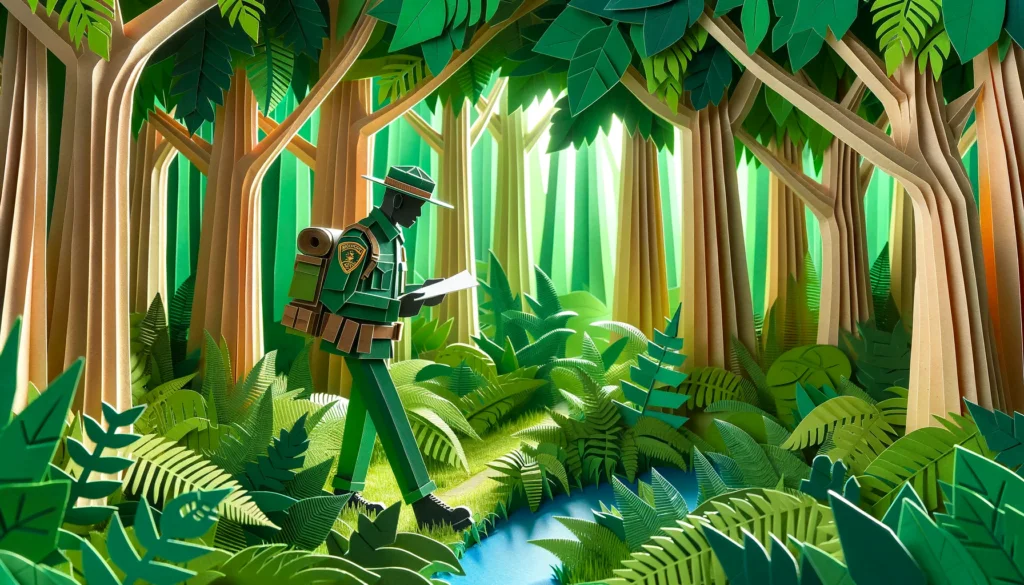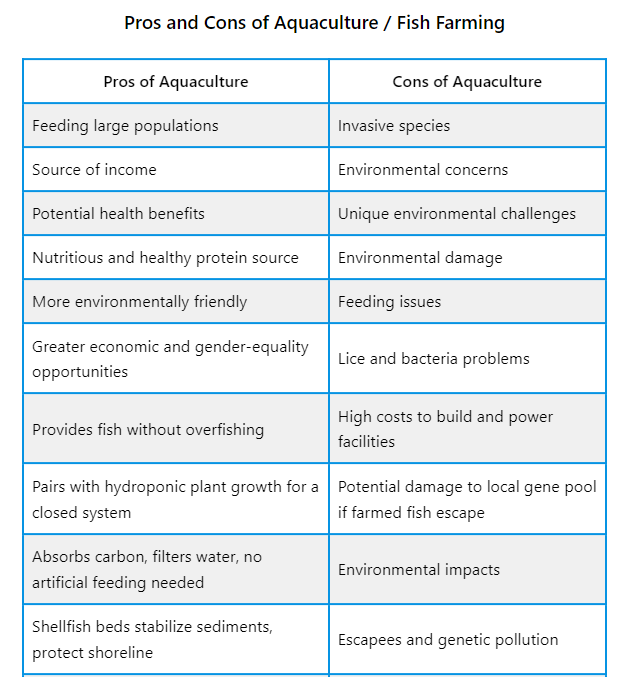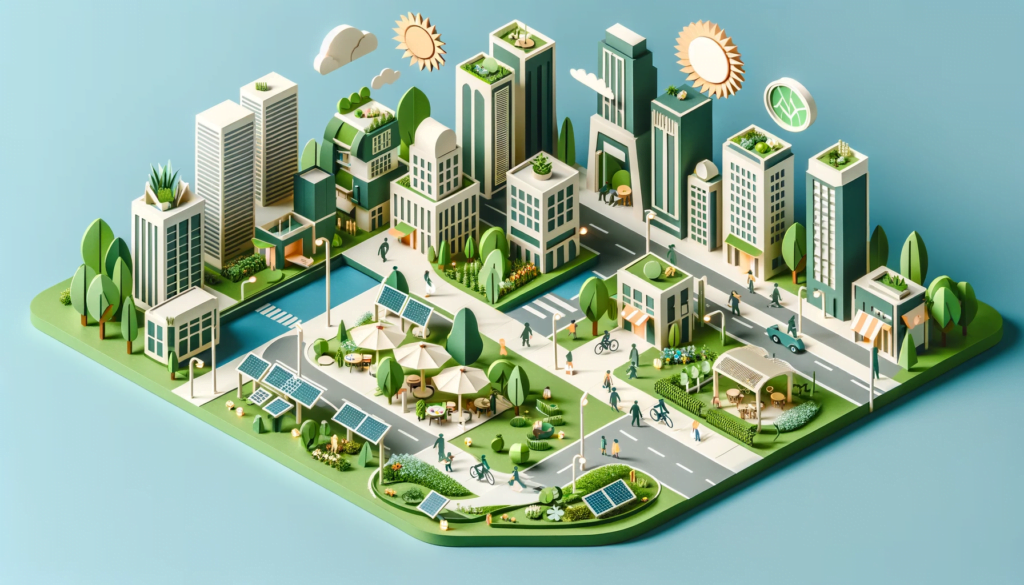Wildlife conservation plays an essential role in maintaining biodiversity and ecosystem health. Pros include preserving species and habitats, supporting ecosystem services, and contributing to the planet's sustainability. However, challenges like funding constraints and human-wildlife conflict pose obstacles. Conservation also leads to economic benefits, cultural significance, and property value appreciation. Ethical considerations and regulatory compliance are essential in this field. Balancing conservation with development is paramount to secure a sustainable future for both wildlife and humans. Explore the intricate landscape of environmental protection and sustainability to gain a deeper understanding.
Takeaways
- Pros: Maintains ecosystem balance and biodiversity.
- Pros: Supports sustainable species and habitat preservation.
- Pros: Ensures ecological services crucial for human well-being.
- Cons: Funding constraints limit conservation initiatives.
- Cons: Human-wildlife conflict poses challenges to conservation efforts.
Importance of Wildlife Conservation
Preserving biodiversity through wildlife conservation plays an essential role in maintaining the delicate balance of ecosystems worldwide. Wildlife conservation is important for ensuring the sustainability of various species and their habitats. By protecting different animal and plant species, conservation efforts help in safeguarding the overall health and resilience of ecosystems. Biodiversity is key to ecosystem stability, as each species contributes uniquely to the functioning of the environment.
Furthermore, wildlife conservation is significant for supporting ecological services that humans rely on, such as pollination, water purification, and carbon sequestration. These services are essential for human well-being and maintaining a healthy environment. Additionally, many pharmaceuticals and medical treatments are derived from plants and animals, highlighting the potential loss of valuable resources if conservation efforts are not prioritized.
In essence, wildlife conservation is not only about protecting individual species but also about preserving the intricate web of life that sustains ecosystems and human societies. Prioritizing conservation efforts is important for ensuring a sustainable future for all forms of life on Earth.
Benefits of Wildlife Conservation
Wildlife conservation offers a multitude of benefits, including the preservation of biodiversity and the restoration of ecosystem balance.
By protecting various species and their habitats, wildlife conservation plays an essential role in maintaining the delicate interconnectedness of ecosystems.
Ultimately, these efforts contribute to the overall health and sustainability of our planet.
Biodiversity Preservation Importance
The preservation of diverse ecosystems and species plays a pivotal role in maintaining the balance of our natural world. Biodiversity preservation is essential for sustaining life on Earth and ensuring the well-being of present and future generations.
Here are some reasons highlighting the importance of biodiversity preservation:
- Economic Benefits: Biodiversity supports industries such as agriculture, pharmaceuticals, and ecotourism, contributing to economic growth and job creation.
- Cultural Significance: Many indigenous communities rely on diverse ecosystems for their cultural practices, traditional knowledge, and spiritual beliefs.
- Climate Regulation: Ecosystems with high biodiversity help regulate the climate by storing carbon, mitigating the impacts of climate change.
- Ecosystem Services: Biodiversity provides essential services like pollination, water purification, and soil fertility, which are crucial for human survival.
- Aesthetic Value: The beauty and wonder of diverse species and ecosystems inspire creativity, joy, and a sense of connection to nature.
Ecosystem Balance Restoration
Maintaining the balance of ecosystems through wildlife conservation efforts is vital in restoring and preserving the natural harmony of diverse habitats. Wildlife plays an essential role in ecosystem balance by regulating populations of various species and ensuring the proper functioning of food chains. When certain species are overpopulated or decline in numbers, it can have ripple effects throughout the entire ecosystem, leading to disruptions in plant growth, soil health, and even water quality.
Through wildlife conservation measures such as habitat protection, reintroduction programs, and anti-poaching efforts, the delicate balance of ecosystems can be restored. For example, by conserving predators like wolves or big cats, which help control herbivore populations, the vegetation in an area can flourish, benefiting numerous other species that depend on it.
Furthermore, restoring ecosystem balance through wildlife conservation can also help mitigate the impacts of climate change. Healthy ecosystems are better equipped to adapt to environmental changes, sequester carbon, and maintain overall resilience in the face of global challenges.
Challenges in Conservation Efforts
When it comes to wildlife conservation efforts, challenges like funding constraints and human-wildlife conflict pose significant obstacles.
Securing adequate financial resources to support conservation projects remains a constant struggle, limiting the scope and effectiveness of conservation initiatives.
Additionally, conflicts between humans and wildlife can escalate, leading to negative impacts on both wildlife populations and human communities.
Funding Constraints in Conservation
Despite the critical importance of wildlife conservation efforts, one of the major obstacles faced is the inadequate funding that often hinders effective implementation of conservation strategies. Insufficient financial resources can impede vital conservation activities, leading to negative impacts on biodiversity and ecosystem health. This lack of funding constrains the ability of organizations and governments to protect endangered species, preserve habitats, and combat illegal wildlife trade. Additionally, it limits research efforts and community engagement initiatives essential for successful conservation outcomes.
- Endangered species are at a higher risk of extinction due to limited funding for protective measures.
- Habitats face increased degradation and loss without adequate financial support for conservation projects.
- Insufficient funds hinder the enforcement of wildlife protection laws, allowing poaching and trafficking to thrive.
- Conservation education programs struggle to reach their full potential when funding is scarce.
- The lack of resources for monitoring and data collection impedes informed decision-making in conservation efforts.
Human-Wildlife Conflict Issues
Limited funding isn't the only challenge facing wildlife conservation efforts; Human-Wildlife Conflict Issues pose significant obstacles that require careful consideration and strategic intervention. These conflicts arise when the needs and activities of humans intersect with those of wildlife, leading to negative consequences for both parties. Common issues include crop damage, livestock predation, and threats to human safety, all of which can escalate tensions and hinder conservation efforts.
To provide a clearer picture, the table below outlines some key examples of Human-Wildlife Conflict Issues:
| Conflict Type | Description |
|---|---|
| Crop Damage | Wildlife feeding on crops leading to economic losses |
| Livestock Predation | Predators attacking domestic animals |
| Human Safety Threats | Wildlife posing risks to human lives |
| Habitat Destruction | Human activities encroaching on wildlife habitats |
Addressing these challenges requires a multi-faceted approach that considers the needs of both humans and wildlife, incorporating measures such as habitat management, community engagement, and conflict resolution strategies. By mitigating Human-Wildlife Conflict Issues, conservation efforts can become more sustainable and effective.
Economic Impacts of Conservation
One crucial aspect to take into account when evaluating wildlife conservation efforts is the significant economic impacts that conservation initiatives can have on local communities and economies. Wildlife conservation can bring about various economic benefits that extend beyond just preserving biodiversity.
Some of the key economic impacts of conservation include:
- Ecotourism opportunities: Conservation efforts can attract tourists interested in experiencing wildlife, creating jobs and revenue for local communities.
- Sustainable resource management: Conservation practices can help guarantee the sustainable use of natural resources, benefiting industries such as agriculture and forestry in the long term.
- Research and innovation: Conservation projects often lead to scientific discoveries and innovations that can boost economic growth in related fields.
- Property value appreciation: Areas with well-maintained conservation sites tend to have higher property values, benefiting homeowners and local governments.
- Regulation compliance: Conservation initiatives often lead to stricter environmental regulations, promoting sustainable business practices and long-term economic stability.
Ethical Considerations in Conservation
Considering the ethical implications of wildlife conservation efforts is crucial in guaranteeing the responsible and sustainable management of natural resources. Conservation initiatives often involve difficult decisions regarding the treatment of wildlife, habitats, and local communities.
One ethical consideration is the welfare of individual animals, as conservation actions like relocation or captivity can impact their well-being.
Another aspect is the rights of indigenous communities and their traditional land use practices, which must be respected to avoid infringing on their autonomy and cultural heritage.
Additionally, the principle of justice requires that conservation benefits are equitably distributed among all stakeholders, including marginalized groups.
Moreover, the ethical responsibility to future generations necessitates a long-term perspective in conservation planning to ensure that natural resources are preserved for posterity.
Balancing Conservation and Development
Finding a vital balance between wildlife conservation efforts and economic development is a complex and pressing challenge in environmental management. Conservation initiatives often clash with the need for economic growth, creating a delicate situation that requires careful navigation.
Here are some key points to ponder when addressing the balance between conservation and development:
- Loss of Biodiversity: Rapid development can lead to habitat destruction and fragmentation, resulting in the loss of biodiversity.
- Conflict of Interests: Balancing the interests of conservationists, local communities, and businesses can be challenging, often leading to conflicts.
- Sustainable Practices: Encouraging sustainable development practices can help minimize the negative impact on wildlife and ecosystems.
- Economic Benefits: Conservation efforts can also bring economic benefits through ecotourism and sustainable resource management.
- Long-Term Planning: It is essential to implement long-term planning strategies that take into account both conservation goals and economic development needs to secure a sustainable future for both wildlife and humans.
Frequently Asked Questions
Are There Any Success Stories in Wildlife Conservation Efforts?
Success stories in wildlife conservation efforts showcase positive outcomes, such as the recovery of endangered species, habitat restoration, and community involvement. These achievements highlight the effectiveness of dedicated conservation strategies and the importance of ongoing support.
How Do Climate Change and Conservation Efforts Intersect?
Climate change and conservation efforts intersect by highlighting the urgent need to protect vulnerable ecosystems and species from the impacts of a changing climate. Collaborative strategies are essential to mitigate and adapt to these challenges effectively.
What Role Do Indigenous Communities Play in Wildlife Conservation?
Indigenous communities play a vital role in wildlife conservation through their deep understanding of local ecosystems, sustainable practices, and traditional knowledge. Their involvement can lead to effective conservation strategies that benefit both wildlife and communities.
What Are the Implications of Wildlife Trafficking on Conservation?
Wildlife trafficking has severe implications on conservation efforts, threatening biodiversity, disrupting ecosystems, and driving species towards extinction. It undermines conservation initiatives, fuels illegal trade, and poses significant challenges to preserving the world's wildlife populations.
How Can Individuals Contribute to Wildlife Conservation Efforts?
Individuals can contribute to wildlife conservation efforts by supporting conservation organizations, volunteering at wildlife sanctuaries, spreading awareness through social media, participating in citizen science projects, and making sustainable choices in daily life to protect the environment.
Conclusion
In summary, wildlife conservation plays a vital role in maintaining biodiversity and ecosystem balance. Despite the challenges and economic impacts involved in conservation efforts, it is important to contemplate the ethical implications of our actions.
Finding a balance between conservation and development is key to ensuring the long-term survival of species and habitats. Conservation efforts must be approached with careful consideration and collaboration to achieve sustainable outcomes for both wildlife and human populations.









